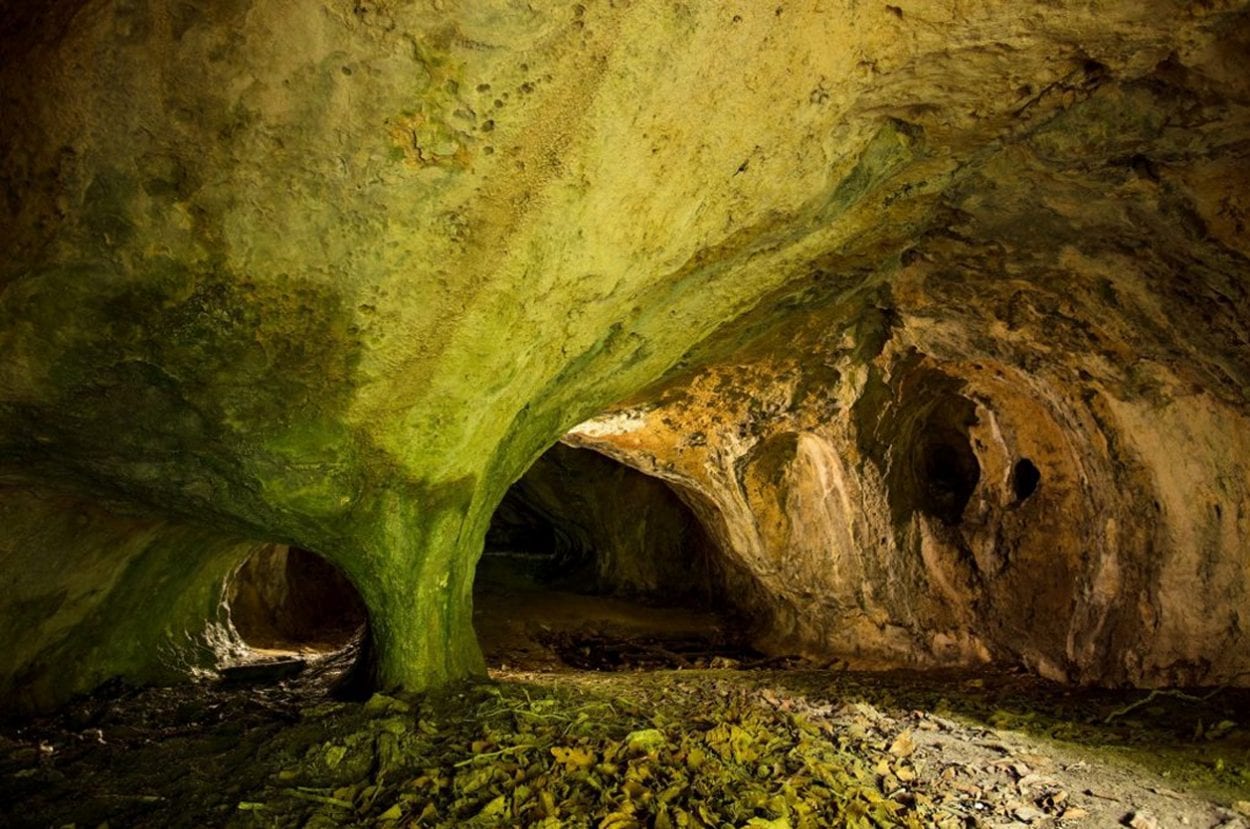Archaeologists reveal findings of a child burial in the Tunel Wielki cave system, in which the skull of a finch was ritually placed in the mouth.
The burial was first discovered decades ago in the Kraków-Częstochowa Upland (also known as the Jurassic Highland) of Poland near the village of Ojców.
Excavations at the time revealed a shallow grave containing a young girl aged between 10-12 years old in one of the cave’s two chambers, where the skull of a finch was placed in the child’s mouth, along with a second bird skull deposited alongside the remains.
After several years of study, archaeologists have determined through a genetic analysis that the girl was not a slav, and likely came with Finnish troops that supported King Carl Gustav’s Swedish invasion of Poland at the beginning of the second half of the 17th century. During this time, Fin-no-Karelian troops of a Swedish garrison was stationed at Ojców Castle which is situated near to the cave.
Dr. Michał Wojenka from the Institute of Archeology of the Jagiellonian University in Krakow said: “We often imagine that only a regular army entered Poland during the Deluge, but we know from reports at the time that there were also quite a lot of women and children in the camps. This was also the case with the Swedish garrison at the castle in Ojców.”
The team tried to find similar funeral rituals in Scandinavia, but failed to find any direct analogies. The researchers pointed out that in some regions of Finland several hundred years ago, Christianity was not so deeply entrenched and practices referring to pagan rituals were not uncommon. Up until the 19th century AD, forest burials were still practiced in regions such as Karelia from the White Sea coast to the Gulf of Finland.
The researchers Finnish colleague Dr Kot pointed out that “birds symbolised the soul’s journey after death. However, we do not know of any bird-headed burials from the area of north-eastern Scandinavia” which adds to the mystery.
Header Image – Tunel Wielki Cave – Image Credit : Miron Bogacki







